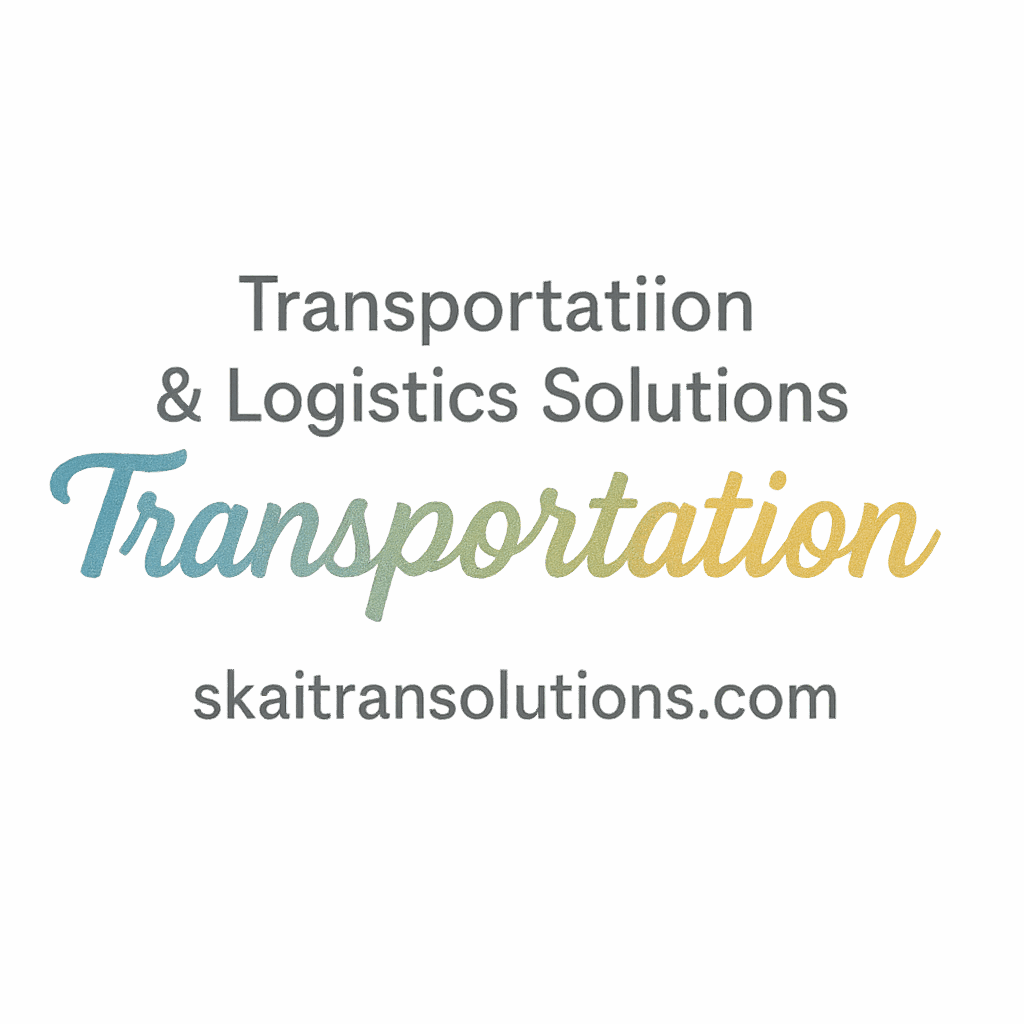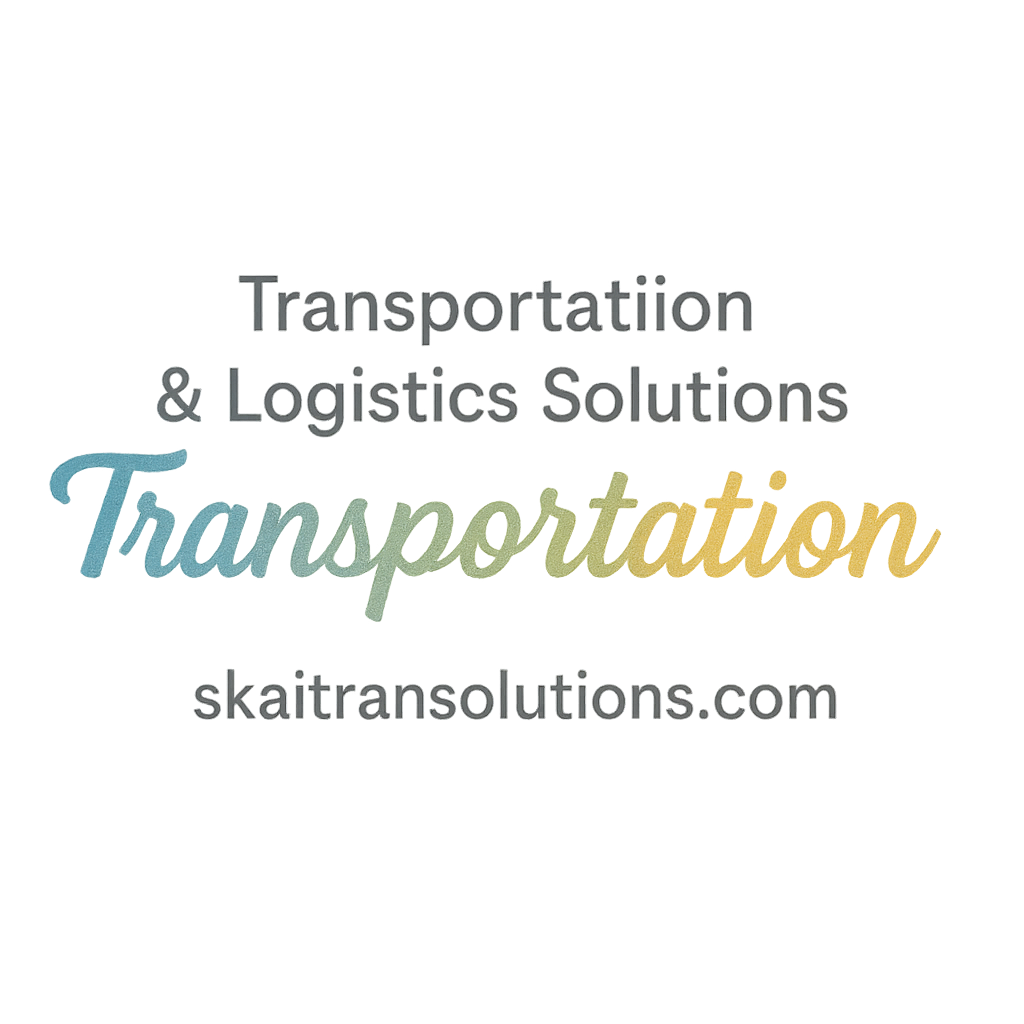Introduction: The Logistics Crossroads for Modern Manufacturers
In today’s fast-paced and increasingly globalized world, manufacturers face one big, constant challenge—efficient and cost-effective transportation. Rising fuel costs, driver shortages, unpredictable lead times, and pressure for faster delivery times are just a few issues that weigh heavily on the supply chain. So how can manufacturers thrive in this complexity?
The answer lies in one word: collaboration.
And no, we’re not talking about just shaking hands and exchanging business cards. We’re talking about deep, strategic, and tech-driven collaborative transportation solutions—the kind that transforms your logistics game and connects your operation into an intelligent, agile ecosystem.
Let’s take a closer look at 9 collaborative transportation solutions that are making waves in manufacturing logistics.
What Is Collaborative Transportation?
Collaborative transportation is all about creating synergies between multiple stakeholders—manufacturers, carriers, suppliers, 3PLs, and even competitors—to improve logistics outcomes across the board. Rather than working in silos, partners share assets, data, and goals.
Why Collaboration Matters in Manufacturing
Imagine two companies sending half-empty trucks to the same region. What if they could share that load? That’s the power of collaboration—it saves money, slashes emissions, and improves utilization. In manufacturing, where every penny and second count, collaboration becomes a game-changer.
The Role of Technology in Collaborative Transportation
Platforms like SkaITRAN Solutions provide the digital infrastructure manufacturers need. From AI-powered route optimization to real-time visibility, technology is the bridge that turns collaboration from a concept into a strategy.
1. Shared Freight Services
Benefits of Pooling Resources
Manufacturers who partner with other businesses to share freight services can significantly reduce costs and environmental impact. Instead of sending half-full trucks, they pool shipments heading in the same direction.
Case Example in the Automotive Sector
Several automotive manufacturers now use shared freight corridors, especially for less-than-truckload (LTL) freight. It’s not just efficient—it builds trust and sustainability into the supply chain.
For more on logistics transformation, check out this resource.
2. Real-Time Visibility Platforms
Empowering Manufacturers with Data
Today’s manufacturing logistics is not just about moving goods—it’s about knowing where everything is at all times. Collaborative visibility platforms allow all stakeholders to track shipments, inventory, and disruptions in real-time.
Reducing Delays and Improving Planning
Imagine planning production runs without knowing if raw materials will arrive on time. With real-time data, you’re no longer in the dark—and your partners aren’t either.
Explore how tech enables smarter transport on SkaITRAN’s innovation page.
3. Integrated Supply Chain Networks
Collaborative Forecasting and Planning
Rather than planning in isolation, collaborative networks bring partners together to share forecasts, inventory levels, and transportation plans. The result? Better planning, reduced stockouts, and optimized routes.
Shared Distribution Centers
Shared logistics hubs are becoming popular among mid-sized manufacturers who don’t have the scale for standalone operations. It’s cost-effective and incredibly flexible.
See more on supply chain strategy.
4. Digital Freight Matching (DFM)
Reducing Empty Miles
DFM platforms connect shippers with available carriers in real-time, matching freight with the nearest truck. It’s like Uber for freight—faster, cheaper, and smarter.
Benefits for SMEs
Smaller manufacturers benefit the most—they gain access to reliable carriers without building large logistics departments.
Learn more about metrics that matter in freight.
5. Co-Loading and Co-Shipping Models
Reducing Emissions and Costs Together
When manufacturers co-load their goods with other firms, they’re not just sharing space—they’re sharing responsibility. Lower emissions, lower fuel use, better margins.
Industry Examples of Co-Shipment Success
Several CPG companies in Europe now coordinate shipments with competitors to reduce congestion and meet sustainability goals. Collaboration can even go beyond competition.
Explore cost-reduction strategies.

6. Collaborative KPIs and Metrics Tracking
Aligning Goals with Partners
It’s hard to collaborate when everyone has different goals. That’s why successful manufacturers establish shared KPIs—like on-time delivery, damage rates, or CO₂ reductions.
Leveraging AI for Continuous Improvement
With platforms like SkaITRAN, AI can monitor performance across the chain, suggesting adjustments in real-time.
Explore more around KPIs in transportation.
7. Blockchain-Backed Freight Collaboration
Improving Trust and Traceability
Blockchain makes it possible to verify every movement, transaction, and contract within the supply chain—securely and transparently.
Secure, Transparent Transactions
No more lost paperwork or “he said, she said” between partners. Smart contracts ensure fairness and accountability.
See how transportation insights are evolving with tech.
8. Joint Compliance and Safety Initiatives
Collaborative Audits and Inspections
Rather than facing inspections alone, manufacturers can participate in joint safety programs that benefit everyone. Shared audit results reduce duplication and cost.
Training Programs Across Partners
Shared training ensures drivers and logistics teams across organizations operate under the same safety standards.
See more on safety practices.
9. Strategic 4PL Partnerships
One-Stop Logistics Management
Fourth-party logistics (4PL) providers act as neutral orchestrators of the entire supply chain. For manufacturers, this means fewer headaches and more control.
Streamlining Multi-Modal Transportation
Whether it’s rail, road, or sea—your 4PL ensures seamless transitions and fewer disruptions.
Check out this article on transportation strategy to dive deeper.
Barriers to Collaboration & How to Overcome Them
Let’s be honest—collaboration isn’t always easy. Competitive concerns, data privacy, tech compatibility, and cultural differences can all get in the way. But they’re not insurmountable.
Start small. Focus on quick wins, like shared freight or joint KPIs. Build trust over time. Use platforms that support secure data sharing and smart automation.
Future Trends in Transportation Collaboration
The future is autonomous, intelligent, and interconnected. We’ll see more:
- AI-led logistics orchestration
- Blockchain standardization
- Autonomous delivery fleets
- ESG-driven partnerships
Explore future-forward topics like autonomous vehicles and innovation.
Conclusion: The Road Ahead for Manufacturers
Manufacturers who embrace collaborative transportation won’t just survive—they’ll thrive. With the right partners, the right tech, and the right mindset, collaboration becomes the secret sauce of modern logistics.
It’s not just about cutting costs or speeding up deliveries. It’s about creating a resilient, responsive supply chain that’s built to handle anything the future throws your way.
Get started today with solutions from SkaITRAN—where innovation meets logistics excellence.
FAQs
1. What is collaborative transportation in manufacturing?
It’s the practice of partnering with other firms or service providers to share resources, data, and infrastructure for more efficient transportation.
2. How do shared freight services reduce costs?
By consolidating shipments with others, manufacturers fill trucks more efficiently, cutting fuel, labor, and operational costs.
3. Can small manufacturers benefit from these solutions?
Absolutely. Especially with digital platforms and DFM tools, even SMEs can compete with larger players.
4. What role does blockchain play in logistics collaboration?
Blockchain ensures transparency and trust by recording every transaction and shipment movement in an immutable ledger.
5. Are there risks with sharing transportation data?
With proper security and platforms like SkaITRAN, data-sharing is secure and protected from misuse.
6. What is a 4PL provider?
A 4PL manages the entire logistics process, coordinating various service providers to streamline operations for the manufacturer.
7. How do I start building a collaborative logistics network?
Start with pilot projects like shared LTL or real-time tracking. Use a trusted partner like SkaITRAN to get expert guidance.


